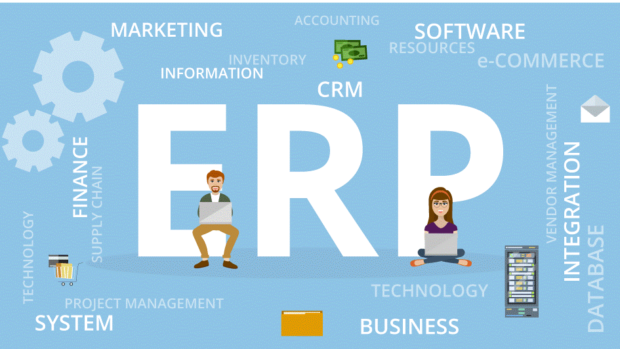
With train strikes thwarting earlier plans, it was a relief to finally welcome a full house to the DCA Summit 2022 on October 18th at the Millennium Gloucester Hotel in London.
An enthusiastic audience welcomed the opportunity to be face to face with their peers at last and the general buzz was lively. You really had to be there to benefit from the discussions, debates and cross pollination that delegates enjoyed through the sharing of ideas and advice. Just to give you a flavour of what was discussed, (too much for one article) we have summarised some of the key highlights here.
Successful marketing in 2023
Chloë Thomas, author, podcaster and MD of eCommerce Masterplan shared her take on what successful marketing will look like in 2023. One of her key takeaways was that “Business leaders think consumers will respond more drastically to the economic uncertainty than they plan to – at least in the immediate term. Don’t let the press depress you. Speak to your own customers. There is no need to batten down the hatches, indeed it’s an opportunity to steal market share”.
Customer needs and inclusivity
Planning customer service around customers’ needs was presented by Elaine Lee co-founder and MD of Reynolds Busby Lee. Customer service delivery is a key challenge facing almost every organisation and Elaine looked at the importance of understanding customers and journey mapping in an objective way. She said that the number of contact channels available has increased and there is great scope to leverage them. As noted by other presenters, the average journey is around 3.5 touchpoints but may be as many as 20, involving digital and offline media.
Customers expect more
Testing solutions and gathering feedback objectively by survey, mystery shoppers, test panels and customer satisfaction scores are just some of the technique good retailers are deploying. Quantitative and qualitative insights are key. Existing customers are the lifeblood of a company and can help to shore up sales. Adopting ‘buy now pay later’ terms was one option suggested, as was the concept of listing spare or replacement parts as SKUs rather than sending them out adhoc.
Equality for all
Customers now have much higher expectations, with 61 per cent wanting answers to their questions within 2 hours. Quality of service and understanding customers was a mantra echoed in several debates. Customers in vulnerable circumstances need reasonable adjustments to standard services and support. 53 per cent of the population could be in a vulnerable circumstance at any one time and 25 per cent of the UK population is living with a disability. Businesses must appreciate their customers’ situation and recognise their needs.
Elaine Lee explained that we need to “change the perspective – stop looking from the inside out at your customers and look from the outside in. If you can’t do that honestly and with independence, then bring in help. Failing to respond to customer needs affects financial performance”.
Be customer-centric
David Lockwood from The Tapestry Agency with client Lauren Juster, sales & marketing director at Biscuiteers, echoed the sentiments above, urging delegates to “think customer, not campaign and put people at the heart of your marketing strategy”. They reflected that customer data enables companies to answer business questions, make decisions with greater confidence, have greater control over the marketing budget and to be more adaptable and responsive to change.
Victoria Betts from Unbound Group and Chris Simpson from More2, stressed the importance of delivering a truly personalised, consistent customer experience, having ‘conversations’ with customers rather than just broadcasting.
Using behavioural segmentation (but not over-segmenting) can find clusters of similar customers and ensures a relevant experience is delivered to the best customer groups. ‘Use data to tell you what NOT to do’, said Victoria, such as offering discounts or other promotions to customer segments who would buy anyway, or trying to reactivate customers who aren’t really lapsed (they are infrequent, not disloyal).
A key message reinforced was that agility to adapt is vital, ability to change key messaging to suit the economic climate. Listening to customer service calls to understand the customer’s issues is very helpful.
The power of words
Good copywriting was agreed to be of paramount importance by several speakers. The team at Optimizon showed how to add instant pzazz to online listings. They suggested:
Use an active tone of voice
Think of just one person when you write
Start with a verb and avoid staring with A, The, This
Lead with the benefits, (what problem it will solve) and support with a feature
Choose short words, which engage the limbic brain responsible for emotional response.
Decrease the words and increase their power.
Sustainability
Greg Selfe, founder of Nero Carbon explained that the European paper industry has set an ambitious target of a 90 per cent recycling rate by 2030. He urged cataloguers to choose lower-carbon paper products, use carbon balanced printers, and ensure that printed materials are 100 per cent recyclable.
Other sustainable ideas from panel discussions included Boden’s “Care, repair, re-wear” offer to customers for worn-out jumpers and passing waste products to charity. Participants noted that even small changes in mailing piece design can impact on costs, such as adding a handle to outer packaging. Using branded tape and labels instead of bags reduces packaging costs without compromising on branding visibility.
As one delegate summed up “The networking over teas and coffee is just as valuable as the sessions. It’s so great to be back. “
Thanks to all our speakers and panellists for making this years’ summit such a success.




Share